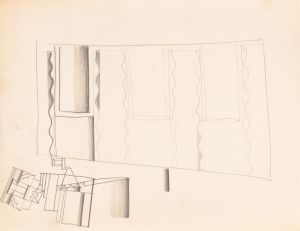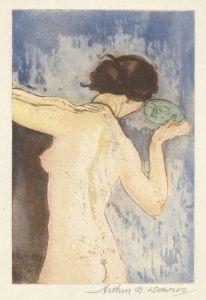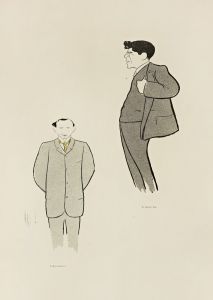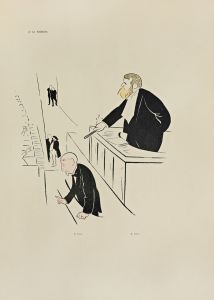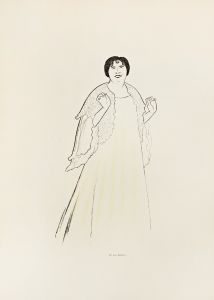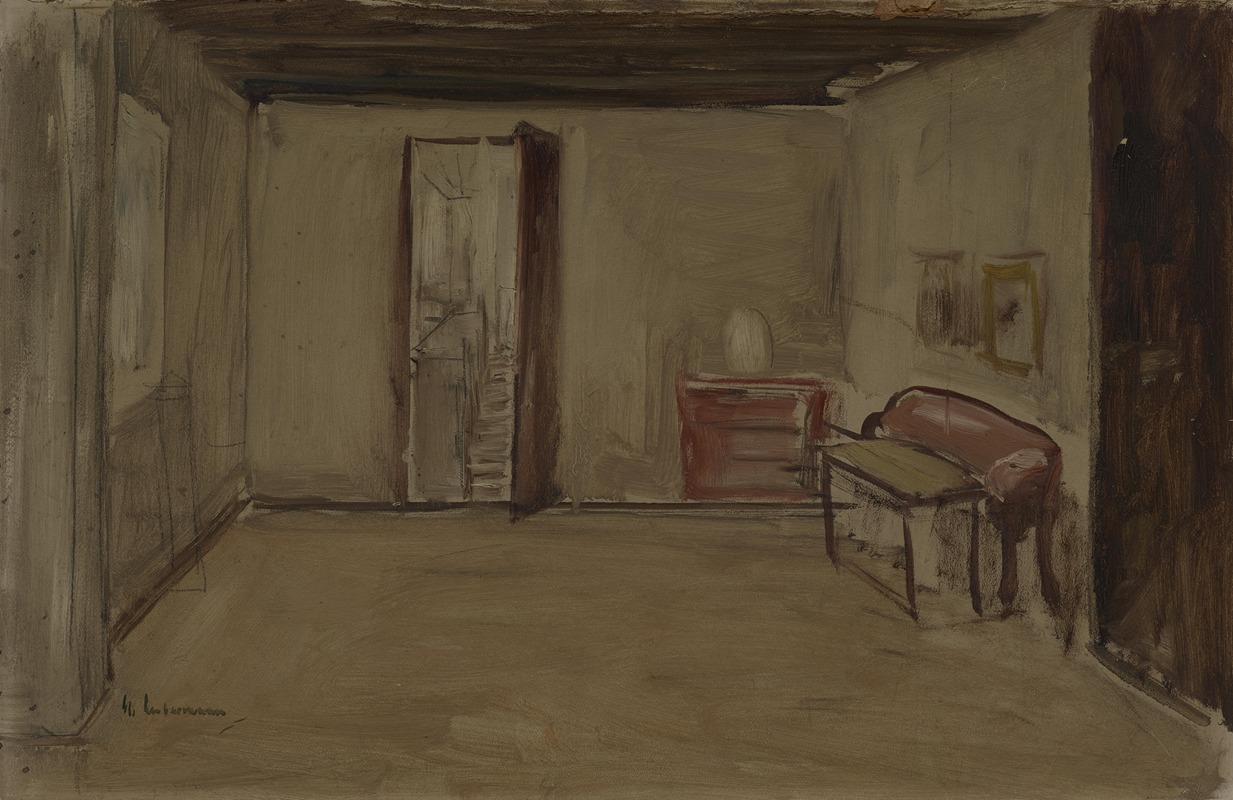
Interior
A hand-painted replica of Max Liebermann’s masterpiece Interior, meticulously crafted by professional artists to capture the true essence of the original. Each piece is created with museum-quality canvas and rare mineral pigments, carefully painted by experienced artists with delicate brushstrokes and rich, layered colors to perfectly recreate the texture of the original artwork. Unlike machine-printed reproductions, this hand-painted version brings the painting to life, infused with the artist’s emotions and skill in every stroke. Whether for personal collection or home decoration, it instantly elevates the artistic atmosphere of any space.
Max Liebermann was a prominent German painter and printmaker, associated with the Impressionist movement. He was a leading figure in the Berlin Secession and played a significant role in modernizing German art in the late 19th and early 20th centuries. Liebermann is best known for his depictions of everyday life, capturing scenes with a sense of realism and a keen observation of light and atmosphere.
"Interior" is one of Liebermann's works that exemplifies his interest in domestic scenes and the play of light within enclosed spaces. While specific details about the painting "Interior" by Max Liebermann are not extensively documented, it is consistent with his broader body of work, which often features interiors, gardens, and scenes of leisure.
Liebermann's interior scenes typically focus on the interaction between natural light and the indoor environment. He had a remarkable ability to capture the subtleties of light filtering through windows, casting gentle shadows, and illuminating the textures and colors of the room. This approach reflects the influence of the Impressionist movement, which emphasized the effects of light and atmosphere over precise detail.
In his interior paintings, Liebermann often depicted figures engaged in quiet, everyday activities, such as reading, sewing, or simply sitting in contemplation. These scenes convey a sense of tranquility and introspection, inviting viewers to appreciate the beauty in ordinary moments. The figures are usually integrated harmoniously into their surroundings, emphasizing the unity between people and their environment.
Liebermann's use of color in his interior paintings is typically restrained and subtle, with a palette that enhances the naturalistic quality of the scene. He often employed soft, muted tones to create a calming and intimate atmosphere. The brushwork in these paintings is loose and fluid, capturing the ephemeral quality of light and the transient nature of the moment.
Throughout his career, Liebermann was influenced by the works of Dutch Old Masters, particularly in his treatment of light and composition. This influence is evident in his interior scenes, where he often employed a similar attention to detail and a focus on the interplay between light and shadow.
Max Liebermann's contribution to art extends beyond his paintings. As a leader of the Berlin Secession, he advocated for artistic freedom and innovation, challenging the conservative norms of the German art establishment. His work and leadership helped pave the way for modern art movements in Germany.
While specific information about the painting "Interior" by Max Liebermann may be limited, it can be appreciated within the context of his broader oeuvre. His interior scenes remain a testament to his skill in capturing the quiet beauty of everyday life and his mastery of light and atmosphere. Through these works, Liebermann invites viewers to pause and reflect on the simple, yet profound, moments that make up human experience.





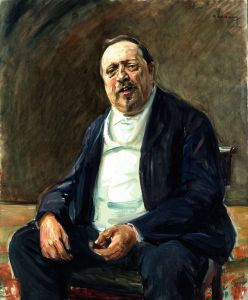
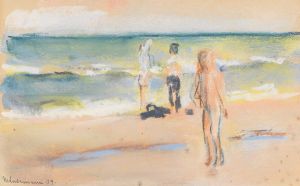

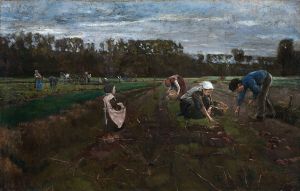
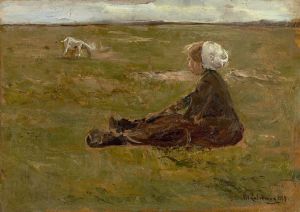
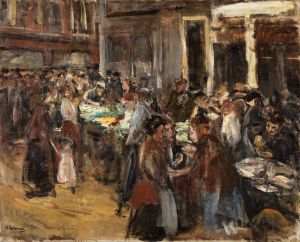
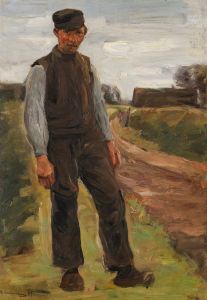
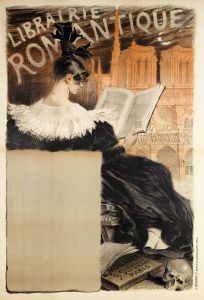
![Graphic textile or wallpaper designs with geometric patterns.] [Interior; mural color study, tropical theme with palm trees](/imgs/249359/s/winold-reiss-graphic-textile-or-wallpaper-designs-with-geometric-patterns-interior-mural-color-study-tropical-theme-with-palm-trees-aa2f4d5f.jpg)
